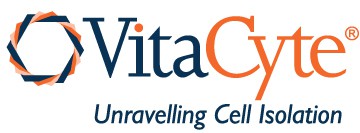Robert McCarthy
On March 6, 2025, Stu Williams’ 45-minute webinar “Characterization and Therapeutic Use of Adipose Derived Cells: Some Inconvenient Truths.” provided a comprehensive overview of the methods used to isolate and characterize adipose-derived cells, ending with a commentary on using these cells for therapeutic applications. This overview reflects Stu’s > 25 years of research characterizing human lipoaspirate and adipose tissue. The webinar framed controversial issues as “inconvenient truths.” The term that immediately leaped to my mind was “elephants in the room.” I list my top three below, but I encourage you to watch the webinar and come to your conclusions.
Elephant 1
The FDA’s characterization of adipose tissue as a structural tissue that “cushions” the body misrepresents its physiological function. Adipose tissue is derived from endothelial cells and is a vascularized endocrine organ. Changing this perspective leads to embracing the physiological roles these cells play in tissue repair.
Elephant 2
The absence of a uniform nomenclature to identify cells isolated from human lipoaspirate increases the confusion for linking isolated cell populations with associated functions. Williams proposed that investigators cite one of four cell isolation methods in their scientific communications because each isolation method generates different cell populations.
Elephant 3
Drop the stem cell paradigm when discussing therapeutic applications of adipose-derived cells since it drives research down a strict reductionist path. Arnie Caplan changed the definition of the acronym MSCs from mesenchymal stem cells to medicinal secreting cells to emphasize their paracrine function in tissue repair. Calling them stem cells led to searching and characterizing a defined cell population with specific CD markers. However, the tissue healing function is likely more complicated and involves dynamic cell populations that are difficult to impossible to identify the cells responsible for biological outcomes.
If you watched the webinar, I encourage you to comment on the YouTube video or use the feedback form below. Stu will respond to appropriate comments or answer any questions you submit.
